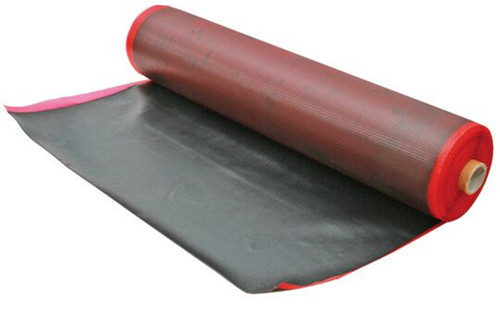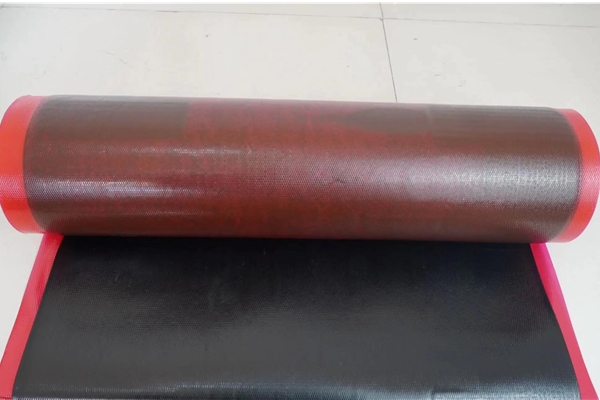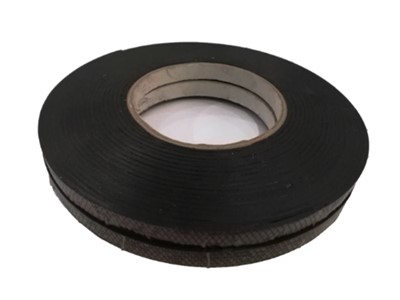Uncured Intermediate Rubber(tie gum) is designed to bond to cured cover rubber in all standard grades of steel cord and fabric conveyor belts. Uncured intermediate rubber used for hot splicing is formulated to withstand the vulcanization process and to adhere effectively to the conveyor belt’s carcass or core material. It needs to have the necessary properties, including heat resistance and adhesion, to ensure a reliable belt hot splicing
Uncured Intermediate Rubber (Tie Gum)
Description
Uncured Intermediate Rubber(tie gum) is primarily used in conveyor belt hot splicing processes, serving three essential functions: filling, bonding, and sealing; The uncured intermediate rubber material typically matches the conveyor belt’s base composition to ensure post-vulcanization splice strength equals the belt body’s performance. During the hot splicing process under the combined action of heat (typically 140-160°C) and pressure (0.8-1.5 MPa) in a vulcanizing press:
The uncured intermediate rubber undergoes molecular cross-linking with both the belt’s rubber layers and reinforcement materials (steel cords/fabrics), and this creates an integrated three-dimensional network structure that:
Enhances mechanical properties (tensile strength: ≥25 N/mm², tear resistance, abrasion resistance)
Improves adaptability to complex operating conditions (impact, flexing, temperature variations)
Prevents operational failures (cracking, delamination) at splice joint
Advantage
-
Enhances the working life of conveyor belt splicing
- Controlled cure characteristics: balanced scorch time and curing rate
- Superior adhesion: chemical bonding to diverse conveyor belt materials
- Mechanical harmony: hardness/elasticity matching conveyor belt specifications
- Durability: equivalent aging/chemical resistance to conveyor belt components
Features:
Gap Filling & Structural Integration:
Tie gum fills all gaps and irregularities in the belt carcass at the splice, ensuring a dense, uniform, and continuous internal structure. This eliminates weak points and stress concentrations within the joint.
Superior Adhesion & Load Transmission:
Through vulcanization, skim rubber forms a chemical bond with both the original belt core rubber and adjacent tie gum layers, creating a robust interface. and it is responsible for distributing and transmitting tension and impact forces evenly across the joint, preventing local overloading and delamination.
Enhanced Mechanical Performance:
Manufactured with high-strength resilience formulations, quality tie gum delivers outstanding tensile and shear strength, as well as tear resistance, minimizing joint deformation and damage during operation.
Physical Characteristics:
Prioritizes high strength, toughness, and excellent adhesion




